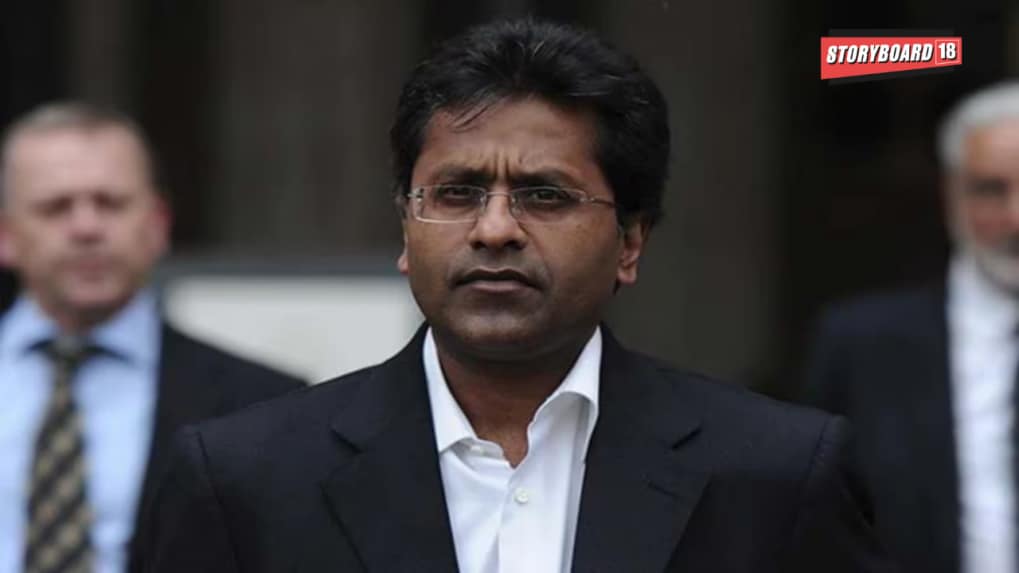Brand Makers
Dil Ka Jod Hai, Tootega Nahin

Former IPL commissioner Lalit Modi has claimed that a double-headed coin from his son’s magic kit played a decisive role in one of Indian cricket’s most consequential media rights auctions.
src="https://www.linkedin.com/embed/feed/update/urn:li:ugcPost:7362023741045809152" height="919" width="504" frameborder="0" allowfullscreen="" title="Embedded post">
Recalling the incident, Modi said Zee chairman Subhash Chandra visited him late at night along with a union minister ahead of the bidding process. Chandra allegedly presented three envelopes with escalating financial offers and urged Modi to ensure that Zee’s bid would be opened last, giving the broadcaster a tactical advantage.
To avoid granting Zee preferential treatment while keeping the process transparent, Modi said he resorted to using a trick coin with two heads. On the day of the auction, he announced that the order of opening bids, either A to Z or Z to A, would be determined by a coin toss. The coin, which was bound to land on heads, allowed participants to choose Z to A, reversing the sequence and ensuring Zee was no longer the final bidder.
When bids were opened, Zee’s highest offer stood at $550 million. Nimbus, however, surpassed it with a $660 million bid, securing the rights.
Modi described the outcome as a turning point for Indian cricket’s broadcast economy, as the higher valuation set new financial benchmarks and paved the way for the commercial growth that eventually led to the creation of the Indian Premier League.
From Delhi’s sharp-tongued lyricists to Chennai’s bilingual innovators and North-East India’s experimental beatmakers, Rap 91 LIVE’s lineup was a sonic map of the country’s cultural diversity.
Read MorePiyush Pandey was a force of nature - brute force for his opponents and a natural creative at heart.